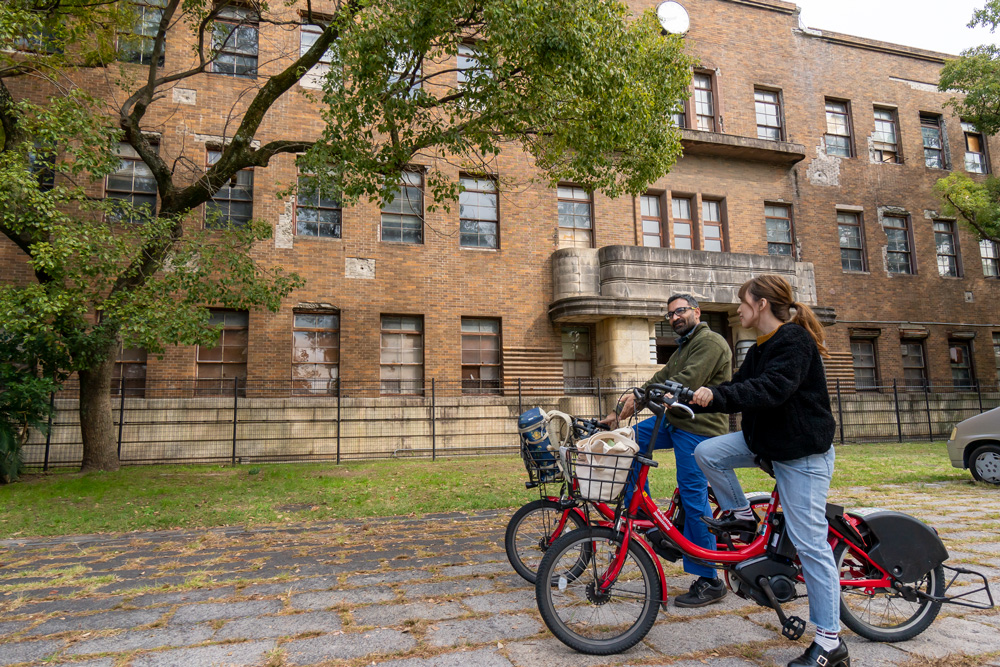- 6 Locations
- About 1.5 Hours
- About 5.5 km
This self-guided bicycle tour features notable hibaku buildings within a five kilometer radius from the hypocenter. As you ride along the modern city streets and riverfronts of Hiroshima on our Community Share Bicycle, you'll visit five different hibaku buildings and the famous hibaku weeping willow tree.
Tour Route
-
Hiroshima University Former Faculty of Science Building I
- Bicycle (about 15 minutes)
-
Ujina Army Provisions Depot
- Bicycle (about 15 minutes)
-
Former Deshio Army Uniform Depot
- Bicycle (about 15 minutes)
-
Weeping Willow (Hijiyama)
- Bicycle (about 15 minutes)
-
The Sanyō Buntoku-den Memorial Hall
-
Tamonin Temple Bell Tower
Self-Guided Tour Overview
Experiences
Share Bicycles
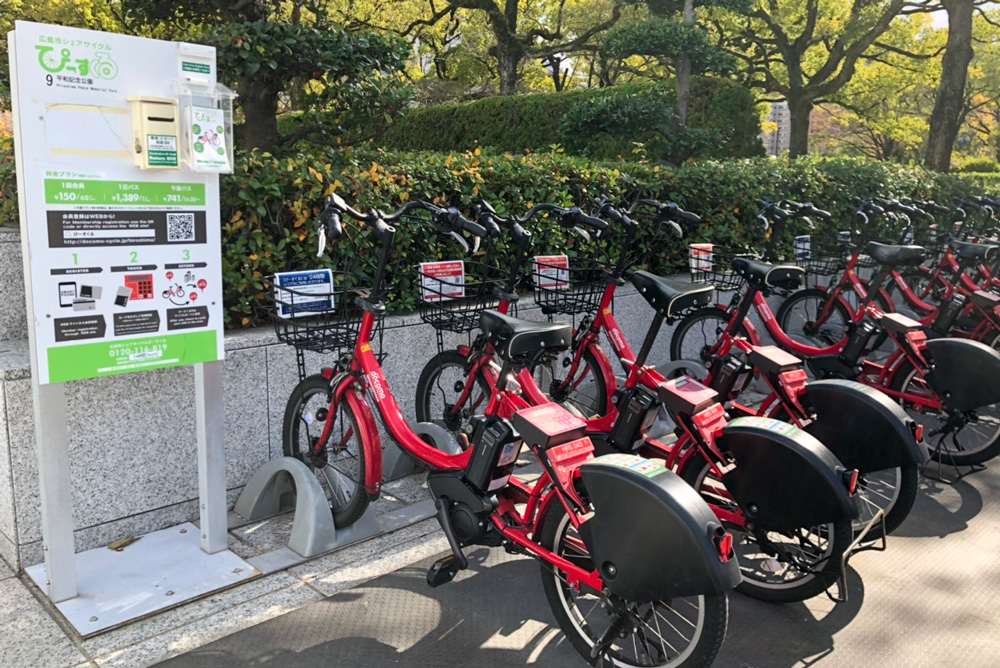
Hiroshima Share Bicycles are community bicycles that anyone can use. Rent your bicycle at any of the share bicycle locations, and when you’re done, simply return it to any of the many share bicycle locations in the city. You can also purchase one-day passes for the share bicycles at any convenience store!
Hiroshima University Former Faculty of Science Building I
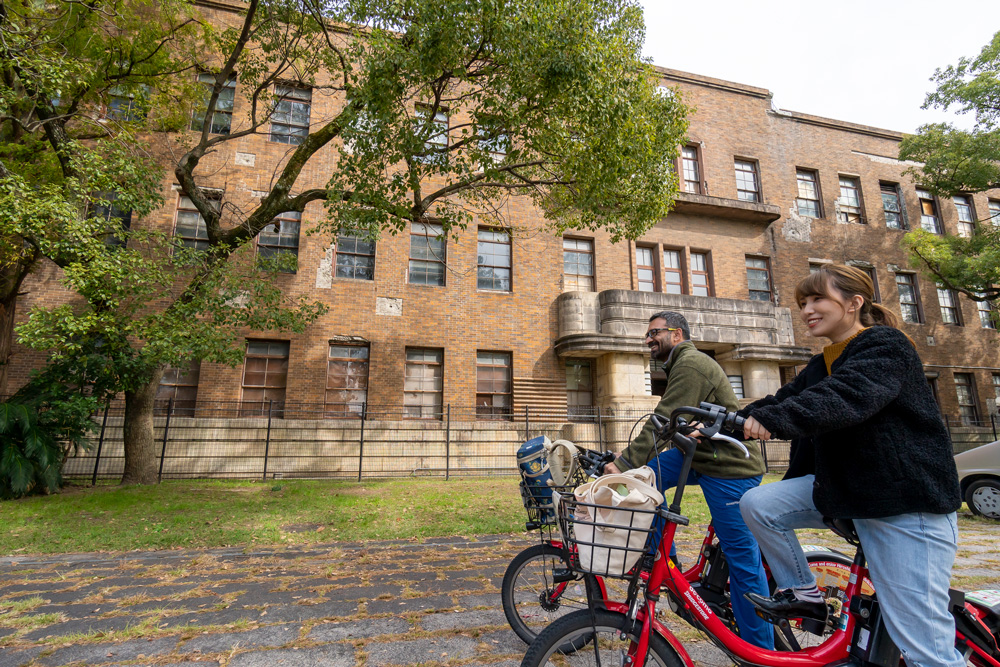
The Hiroshima University's Former Faculty of Science Building I was a three-story U-shaped building of reinforced concrete. The sturdy outer shell of the building was all that remained after the bombing, the interior lost to fire. Student casualties were few as most had already been mobilized at the time of the bombing.
The building and its grounds were acquired by the City of Hiroshima in April 2013, and conservation measures are currently under consideration.
- Bicycle (about 15 minutes)
Ujina Army Provisions Depot
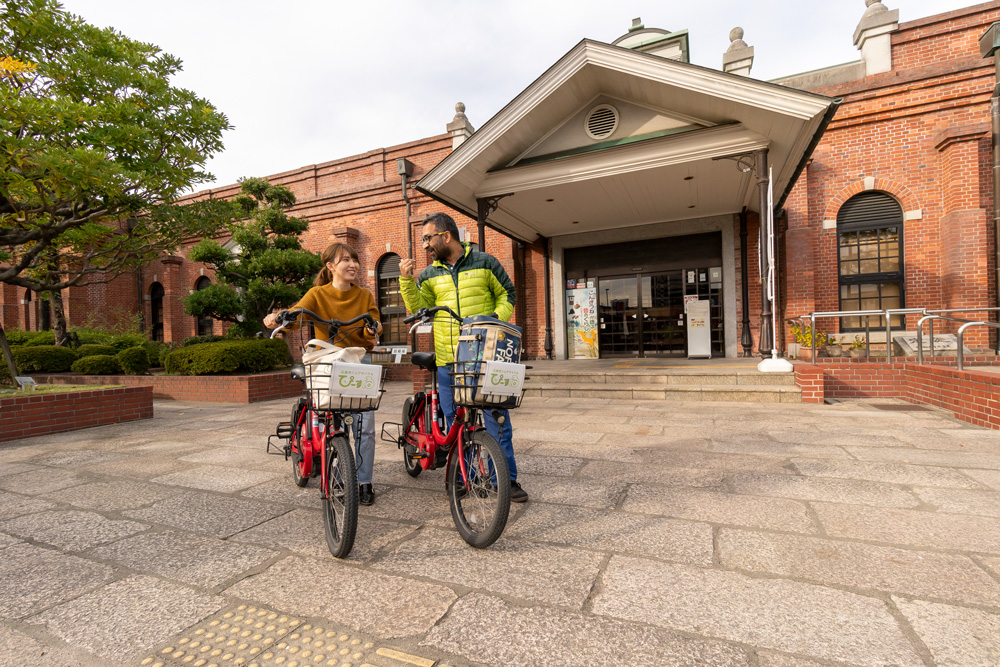
Originally built in 1911 as a canning factory in the Ujina Army Provisions Depot, the beautiful brick building served the Ujina Branch of the Imperial Army, and was responsible for producing, procuring, storing, and delivering food for soldiers and feed for warhorses.
must see!
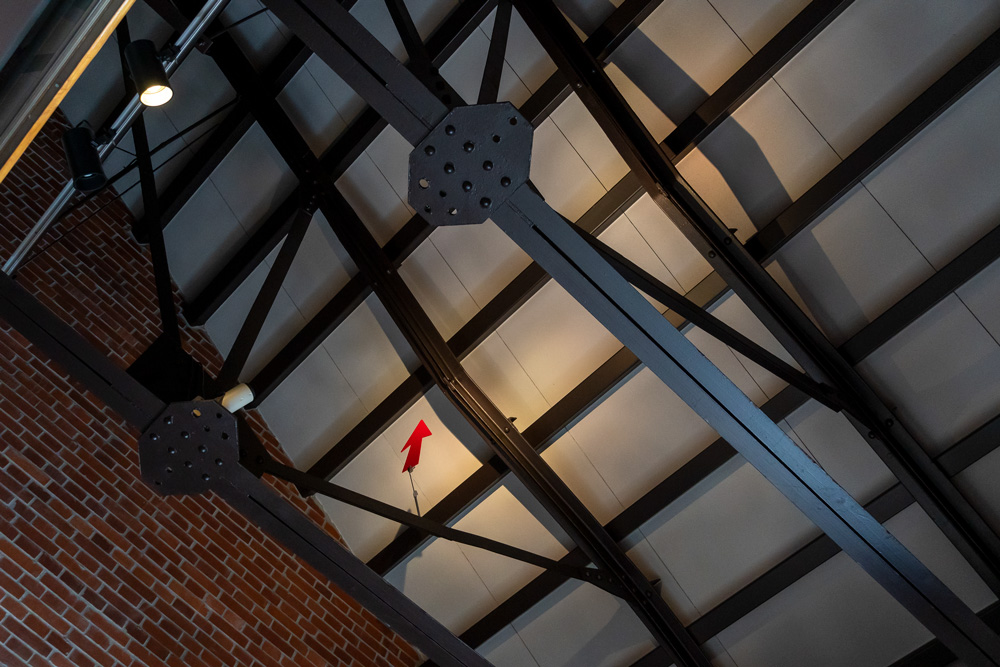
One of the bent rafters is currently displayed above the entrance.
- Bicycle (about 15 minutes)
Former Deshio Army Uniform Depot
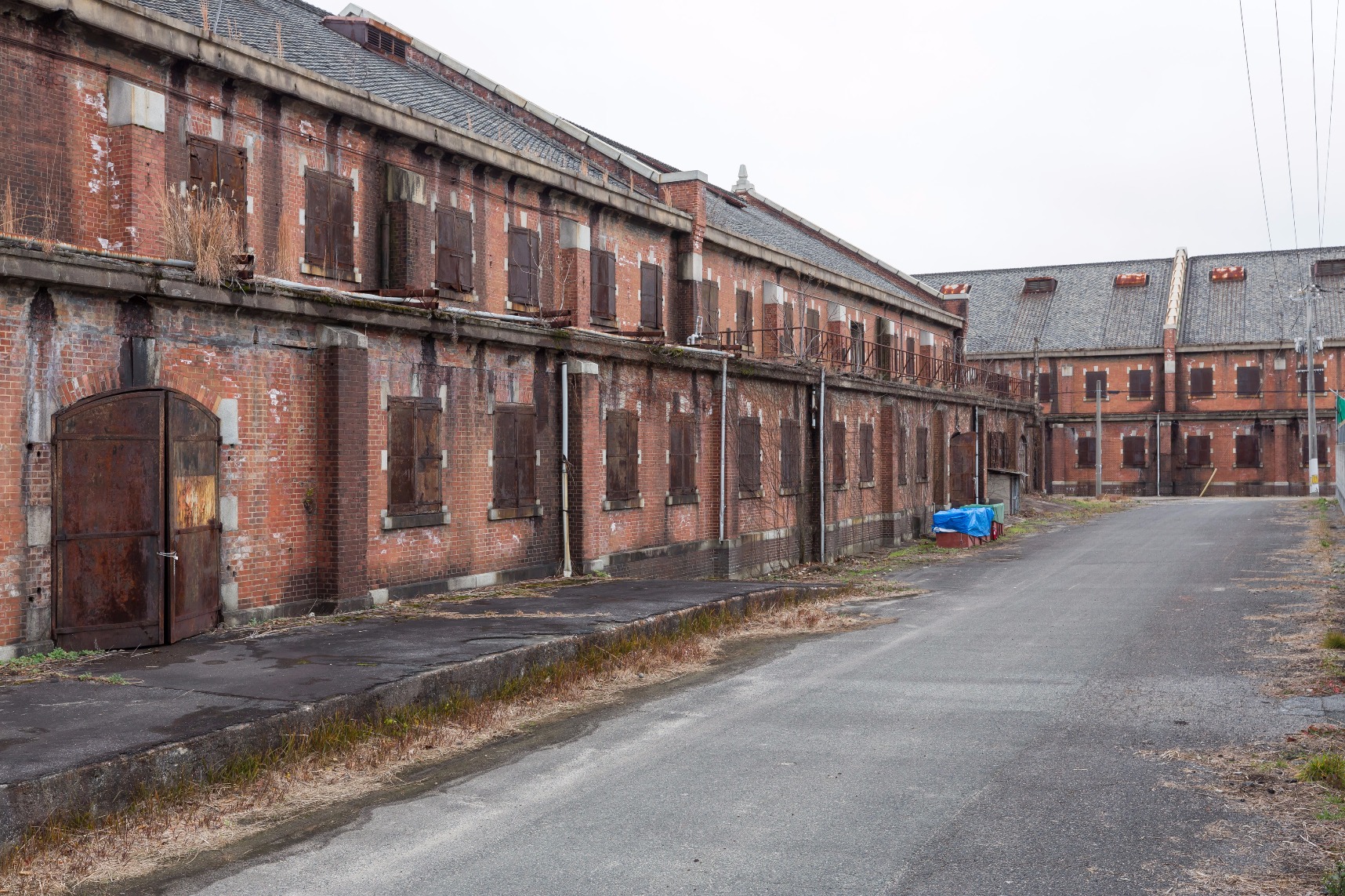
The Former Deshio Army Uniform Depot is a collection of brick warehouses, factories, and repair facilities once responsible for manufacturing, repair, storage, and delivery of military uniforms and accoutrements.
Located 2.67 kilometers from the hypocenter, the blast caused significant damage to the rooftops, but the buildings were spared from the ensuing firestorm. While currently closed to the general public, visitors can make appointments to view the grounds through the Hiroshima Prefecture Property Administration Division. (360 degree movie is available.)
- Bicycle (about 15 minutes)
Weeping Willow (Hijiyama)
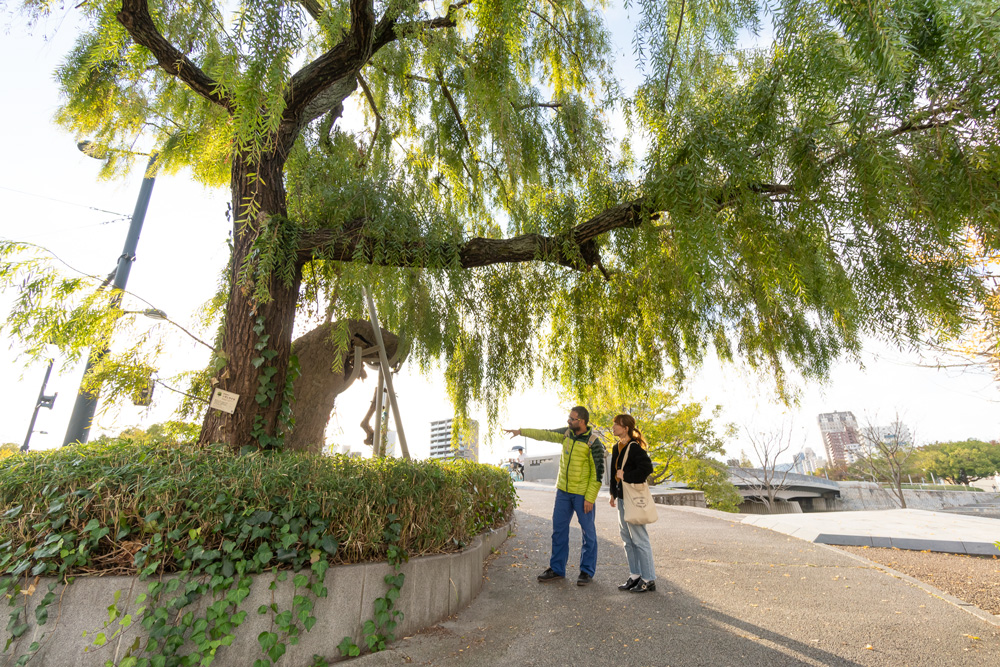
1,700 meters from the hypocenter, this weeping willow, which is located right next to the Tsurumibashi Bridge by the Hijiyama-shita streetcar stop, lost all of its top branches in the August 6 bombing. Half of the trunk withered and died as a result, but from the same roots, a new tree grew, becoming the magnificent weeping willow you see today.
- Bicycle (about 15 minutes)
The Sanyō Buntoku-den Memorial Hall
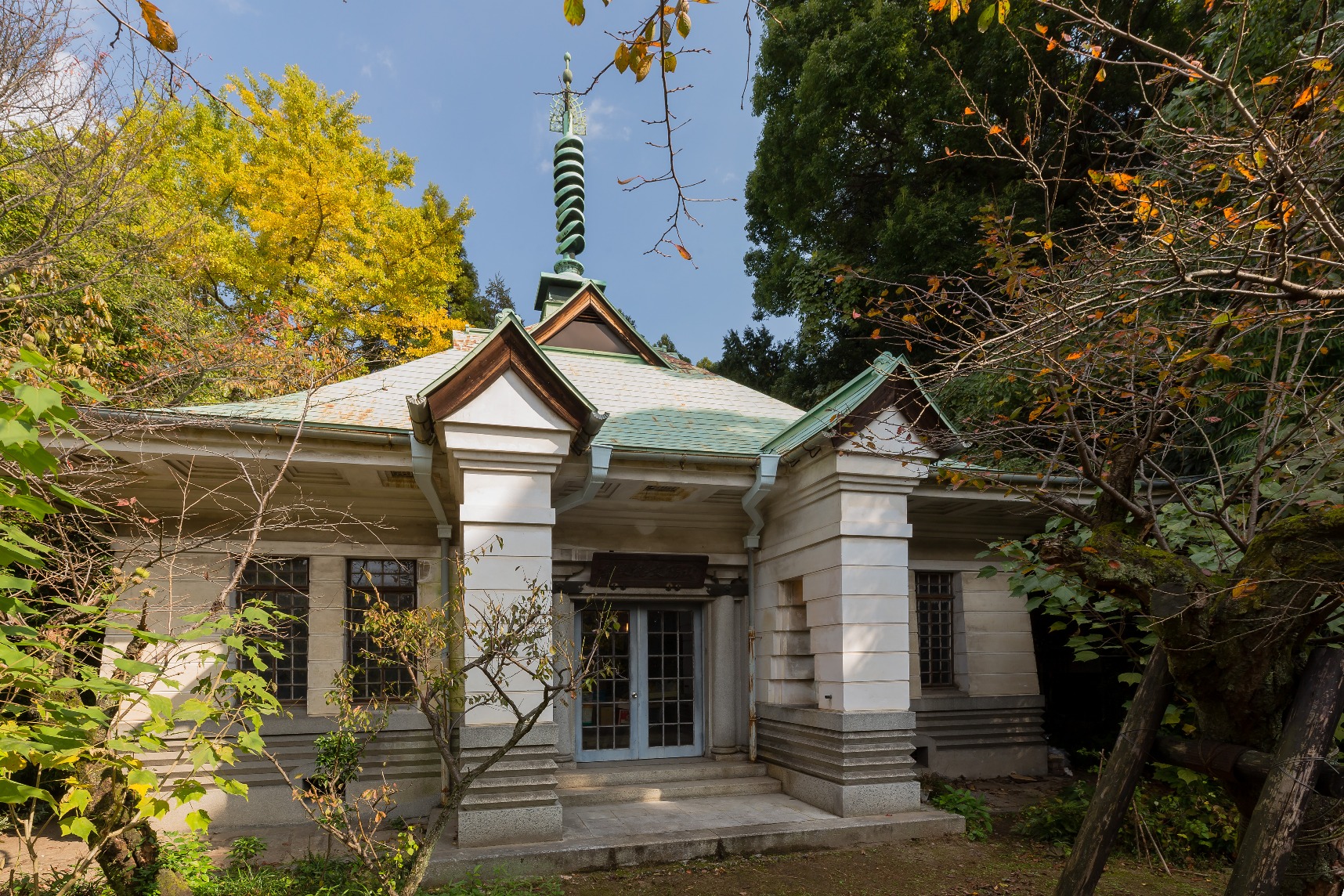
Only 1,820 meters from the hypocenter, the force of the August 6 blast warped the kurin spire and while the documents stored inside were scattered in the blast wave, they managed to escape being devoured in the firestorm.
Tamonin Temple Bell Tower
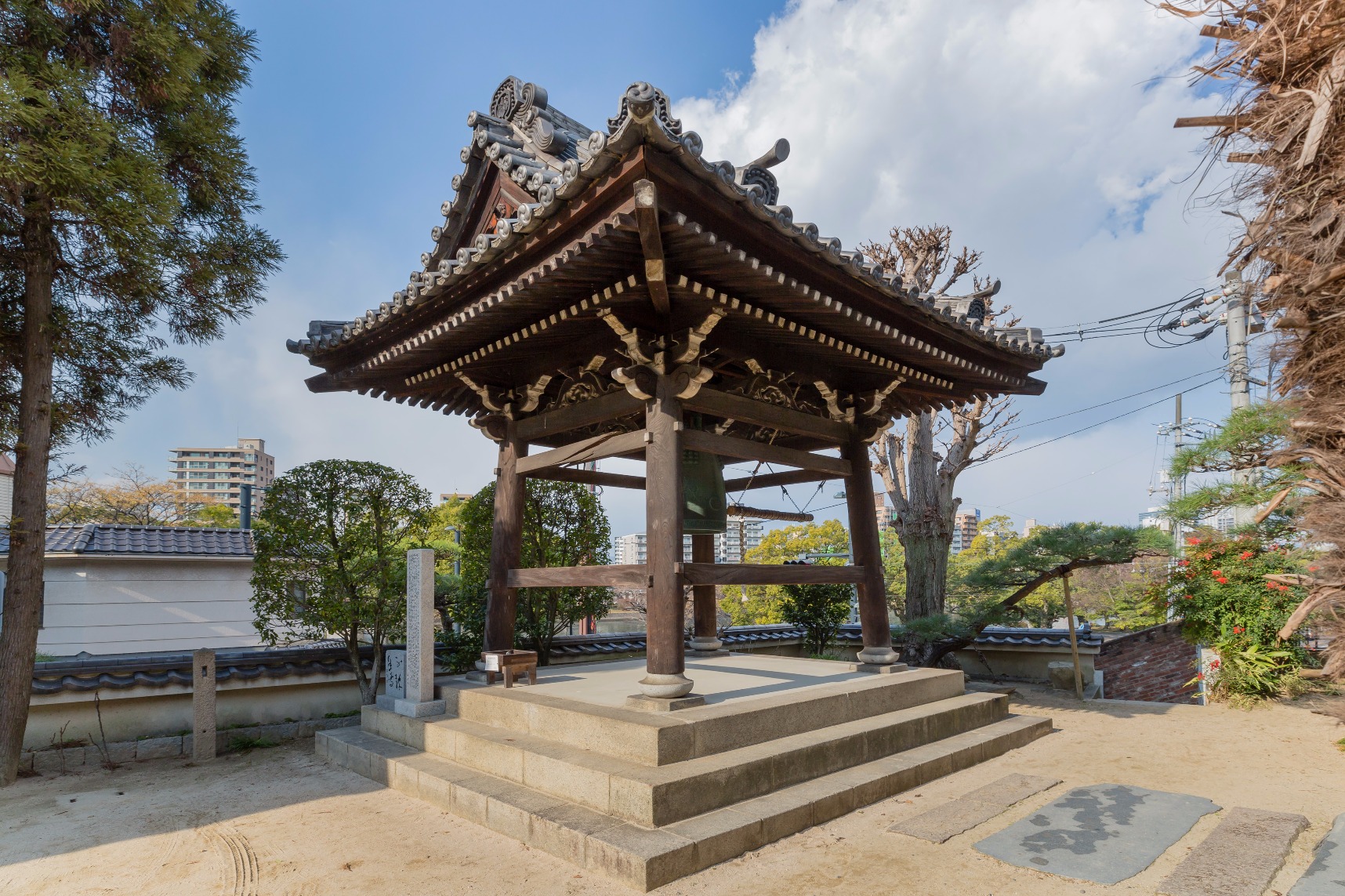
Today, it remains the closest wooden structure to the hypocenter that escaped complete destruction. While the original bell was donated to the war effort, a new bell, known as Heiwa no Kane, or Peace Bell, was forged post-war thanks to the tremendous support of the bereaved families of victims of the bombing.
